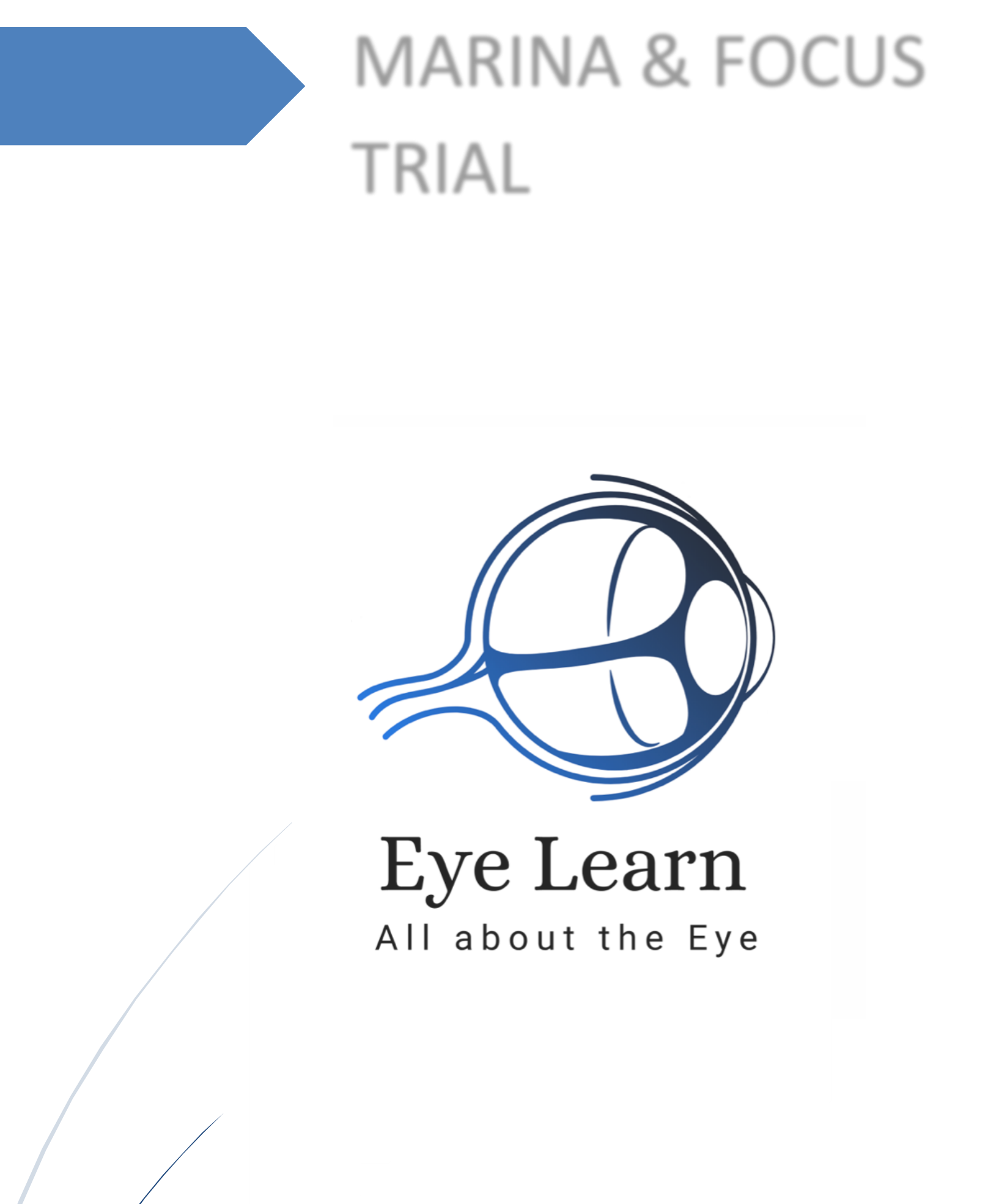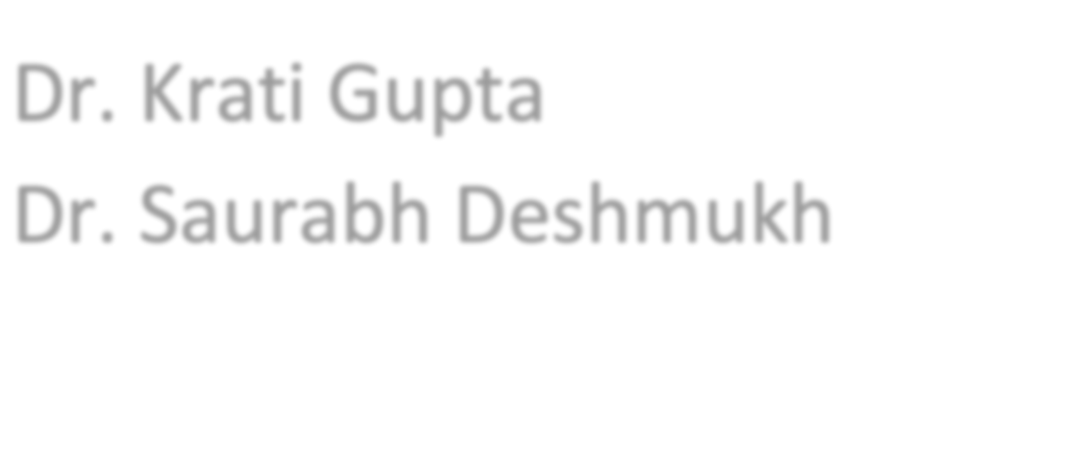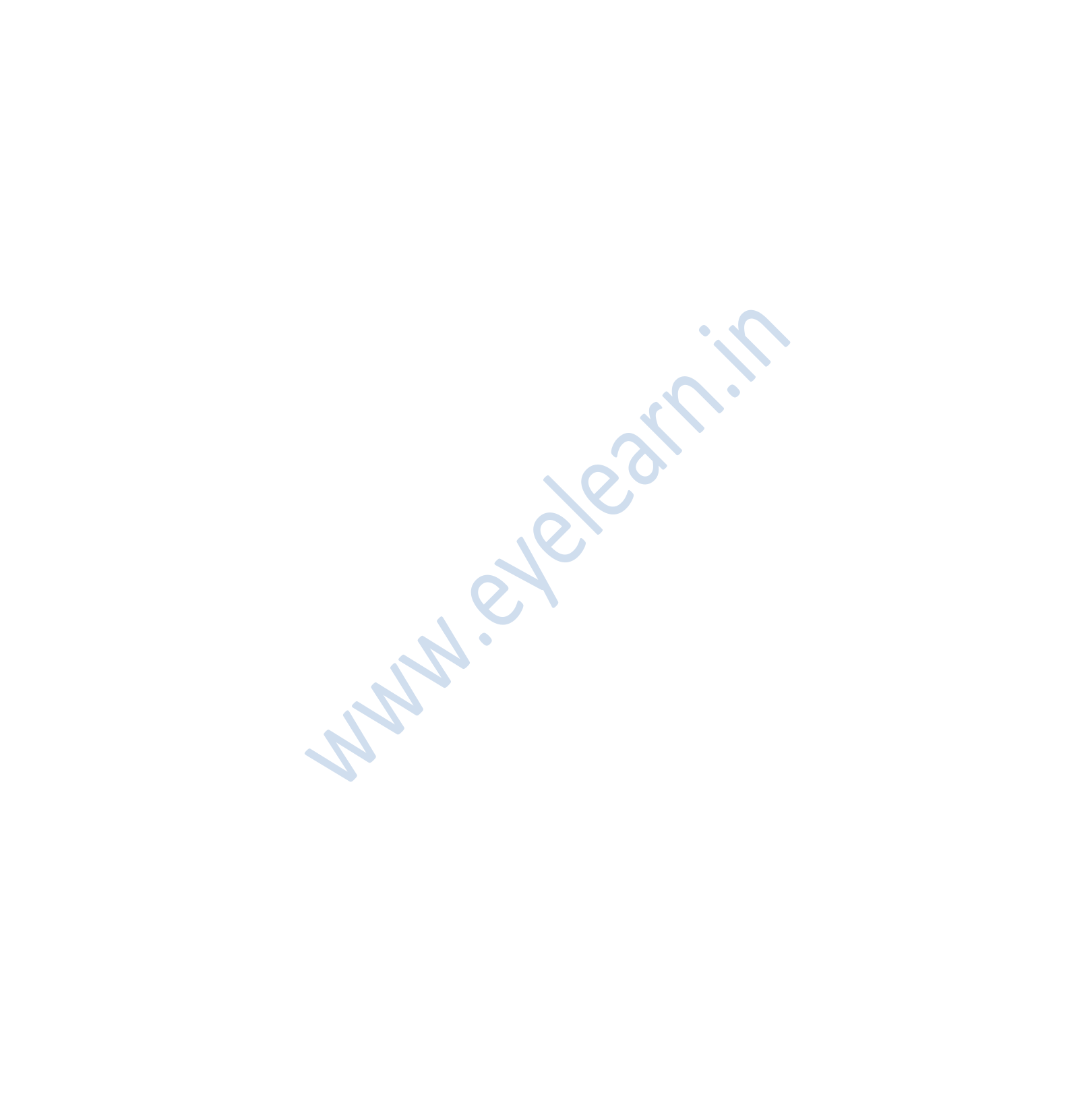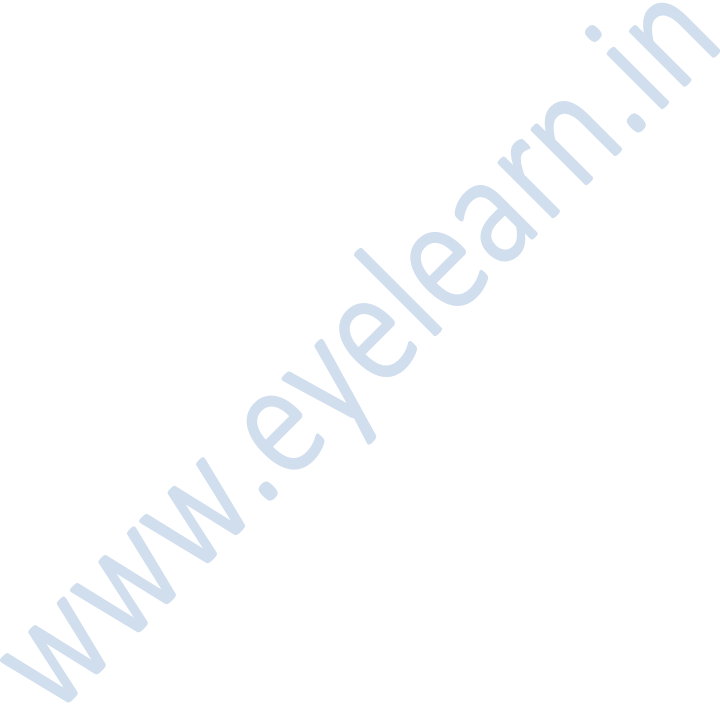Saurabh deshmukhwww marina focus trails the management wet armd



MARINA & FOCUS TRIAL
Anti-VEGF Antibody for the Treatment of Predominantly Classic Choroidal Neovascularization in AMD4-6(ANCHOR)
• Purpose
• Patients were randomly assigned into one of three groups:
1. PDT with verteporfin every three months as needed plus a monthly sham intravitreal injection (n = 143),
• Study Measures
• The primary, intent-to-treat efficacy analysis was at 12 months, with continued measurements to month 24.
• Results
• Of the 423 patients enrolled (143 PDT, 140 each in the 2 RBZ groups), 94.3% of those given 0.3 mg of RBZ and 96.4% of
• at month 24 the VA benefit from RBZ was statistically significant and clinically meaningful
• At months 12 and 24, RBZ was superior to PDT (P < 0.0001) for mean changes in baseline in total area of lesion, CNV area,
letters with RBZ treatment and less loss of letters with PDT.
• Conclusion
Dr. Krati Gupta | Dr. Saurabh Deshmukh


• Description
• At 96 sites in the United States, 716 patients were enrolled in this 2-year, prospective, randomized, double-blind, sham-
2. 0.3 mg RBZ (n = 238); or
3. 0.5 mg RBZ (n = 240)
• The main outcome measures included the percentage losing <15letters from baseline VA score (month 12 primary efficacy
outcome measure), percentage gaining ≥15 letters from baseline and mean change over time in VA score.
5.0% of the sham injection group. The benefit in visual acuity was maintained at 24 months.
• At 12 and 24 months, statistically significant benefits of RBZ over sham treatment were observed for mean change from
given RBZ
• The most important predictors of VA outcomes were, in decreasing order of importance, baseline VA score, CNV lesion size,
• In addition, patients treated with RBZ showed stabilization of lesion size in contrast to increases in the sham group.
• These efficacy outcomes were achieved with a low rate of serious ocular adverse events and with no clear difference from the





